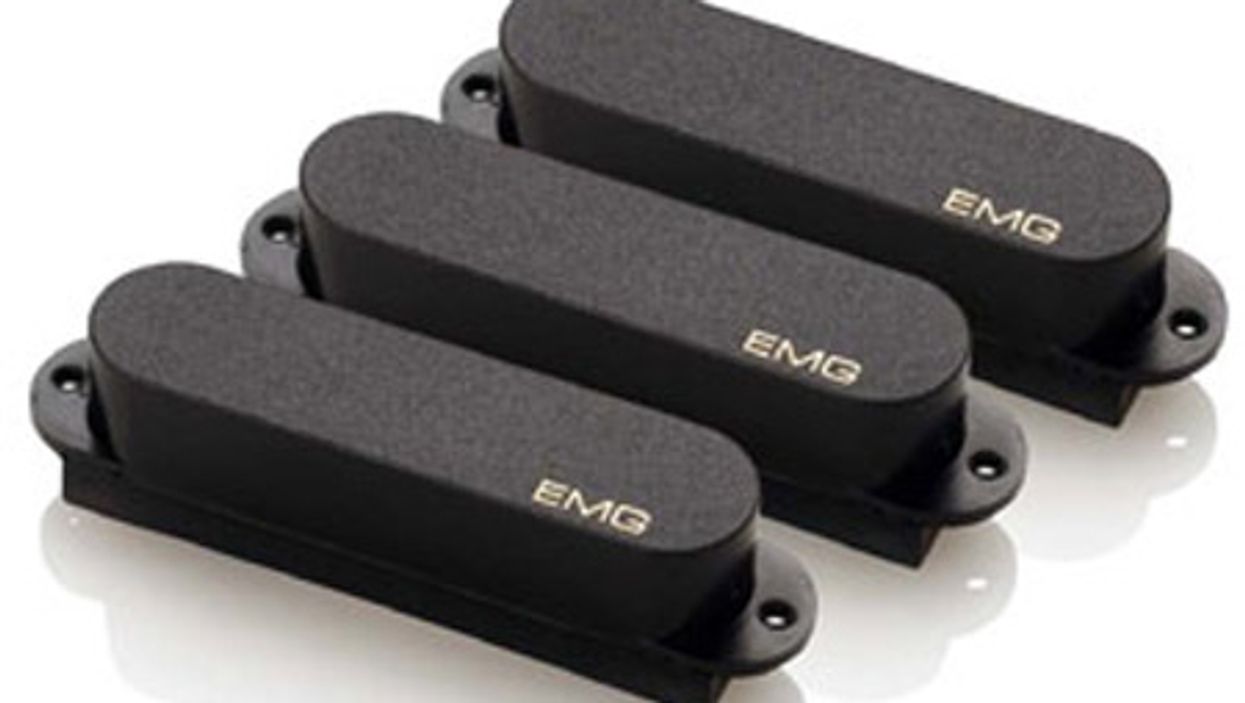Search
Latest Stories
Start your day right!
Get latest updates and insights delivered to your inbox.
active-pickups-turning-back-zakk-wylde-pickups-play-les-paul-custom-paf-tone-difference-close-since-sound-force-early-shortwave-radio-start-external-m
Don’t Miss Out
Get the latest updates and insights delivered to your inbox.
Recent
load more

